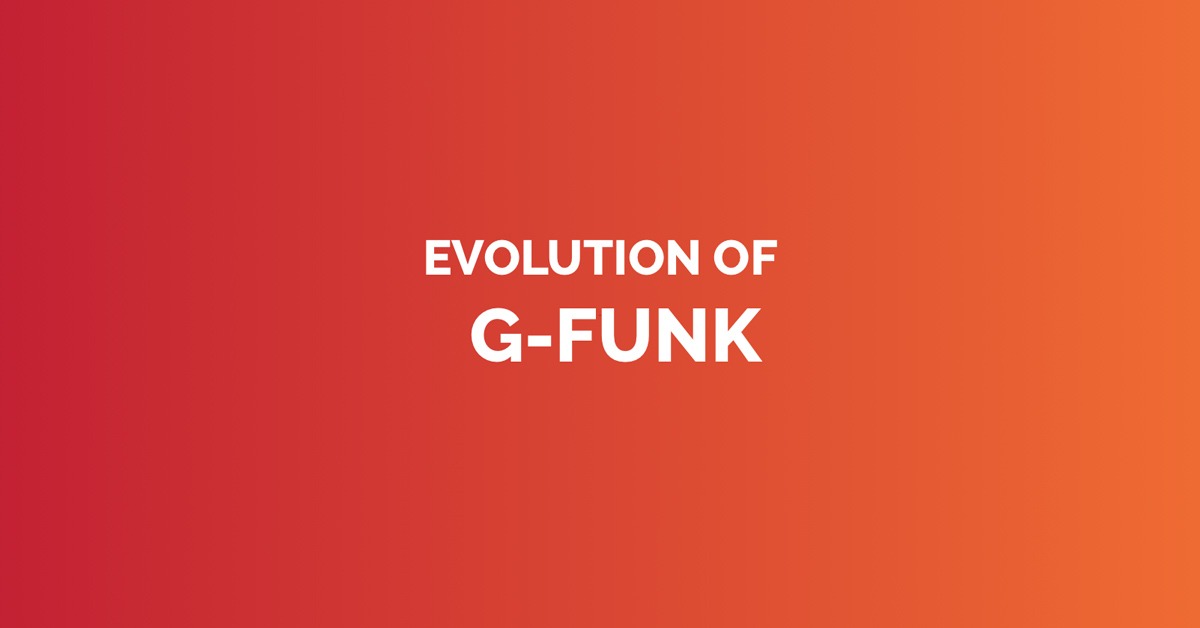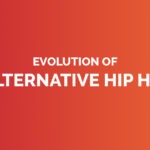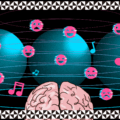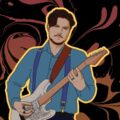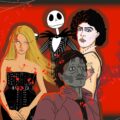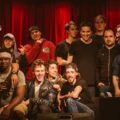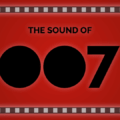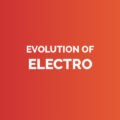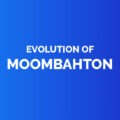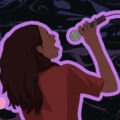History
While New York hip hop was busy producing gangsta rap and hardcore hip hop, Los Angeles was developing a mellow sound that was more in line with the laid-back West Coast lifestyle. G-funk took the silky smooth bass lines and funky drums of artists like James Brown and Parliament-Funkadelic, added wavering synths from R&B, and then put rap lyrics about street life on top. This mellow approach to hip hop was a total contrast to the in-your-face nature of the East Coast rap being produced by groups like Public Enemy and Run-DMC. G-funk would ultimately have a massive cultural impact on the future of hip hop.
Influences
Dr. Dre, Above the Law, and Cold187um were some of the earlier artists who helped develop G-funk. The genre used groovy bass lines and drums that came straight from funk, and a kind of lyrical swagger owed to its gangsta rap predecessor. However, the way that samples were treated in G-funk was quite different from funk and gangsta rap. Sampling tended to be minimal, with a preference for live instrumentation. Dr. Dre would even go so far as to use live musicians to ‘redo’ a piece of instrumentation, so that his music would sound fresh and unique.
Sound
Hypnotic mellow grooves with slowed-down bass lines, along with melodic elements of Motown and R&B like female back-up singers and orchestral interludes, all come together to create slow, head-nodding vibes. These are well-matched with a high-pitched saw wave synthesizer, a staple of G-funk sound. Lyrically, the genre leans towards a laid-back or “take it as it comes” attitude towards all sorts of topics; be that drugs, poverty, or partying.
DJ Quik – “Tonite”
Compton, California, 1991
It’s a mystery why DJ Quik hasn’t gotten more appreciation after having been so influential for the G-funk genre. The distinctive groove on this track’s bass line has been borrowed time and time again by big artists like Dr. Dre and Snoop Dog.
Dr. Dre – “Deeez Nuuuts”
Compton, California, 1992
Dr. Dre’s debut album The Chronic was a total change from the intense, in-your-face lyrics of the East Coast hip hop scene. “Deeez Nuuuts” features a skit with a rather infamous punchline, as well as the signature G-funk wavering synth called the portamento saw wave.
Snoop Dogg – “Gin And Juice (feat. Dat Nigga Daz)”
California, 1993
Snoop Doggy Dogg’s first album Doggystyle became the world’s fastest selling hip hop album one week after its release. Snoop’s smooth delivery along with Dr. Dre’s unique G-funk production had a massive influence on the entire rap world.
Ice Cube – “Check Yo Self”
Los Angeles, California, 1993
Ice Cube raps over samples from “The Message” by Grandmaster Flash and the Furious Five on “Check Yo Self”.
Nate Dogg & Warren G – “Regulate”
Long Beach, California, 1994
With a keyboard jam that’s right out of a laid-back 1970s R&B classic, Nate Dogg & Warren G lay down a solid G-funk track on “Regulate”.
Above The Law – “Black Superman”
Pomona, California, 1994
Snoop wasn’t the only one producing feel-good mid-tempo hip hop. Groups like Above The Law also released excellent tracks that were heavily influenced by G-funk.
Da Brat – “Funkdafied”
Illinois, 1994
Da Brat never achieved the mega success that some of her contemporaries did, but she was an early adopter of the g-funk vibe, heard here sounding very much like vintage Snoop Dog on “Funkdafied”.
2Pac – “California Love”
California, 1995
By 1995, Tupac had released three albums and was well respected in the industry, but his career had stalled after spending time in prison for a sexual assault conviction. His comeback single was produced by Dr. Dre and it exploded onto the hip hop scene.
Snoop Dogg ft. Ice Cube & Xzibit – “Live from LA”
California, 1999
While it was never commercially released, “Live from LA” is a fantastic laid-back track with top-notch features.
